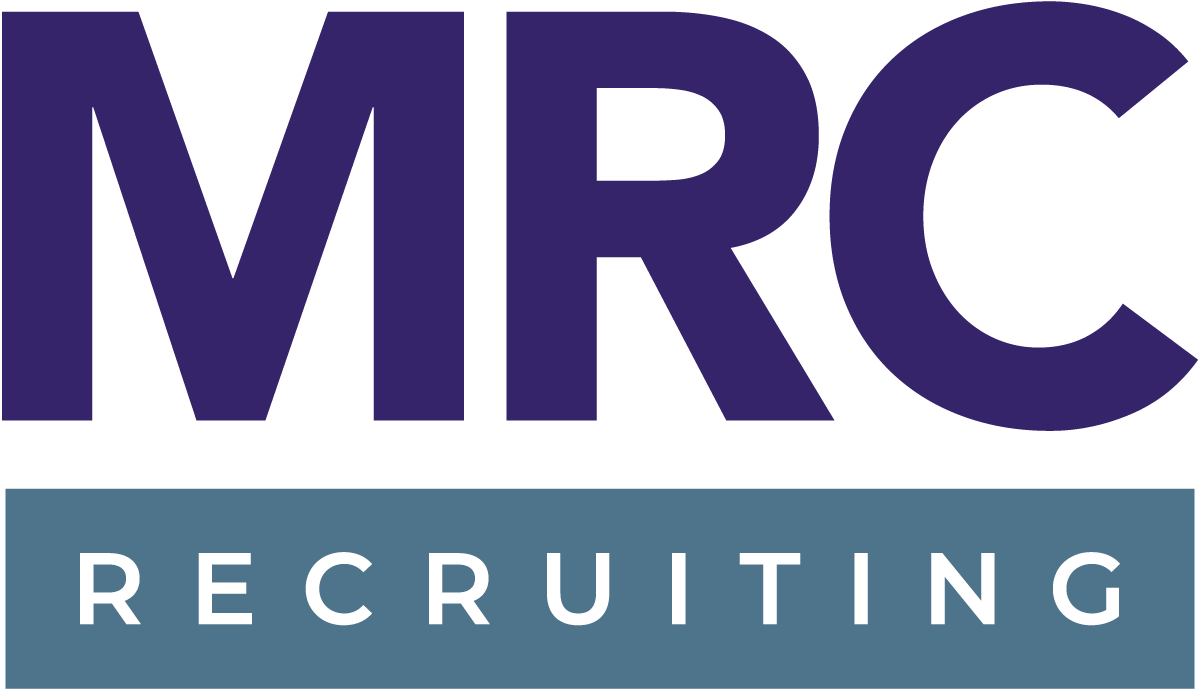Lessons from the Classical Music World
In the book “Blink,” author Malcolm Gladwell shares a powerful story about how the classical music world addressed gender discrimination in symphony orchestras. By implementing blind auditions, the percentage of women in major U.S. orchestras grew from less than 5% to nearly 50% in just 25 years.
This remarkable change was achieved not by fixating on the individuals making the decisions but by addressing the context in which those decisions were made.
As we continue to champion diversity in the workplace, the significance of adopting inclusive recruitment practices cannot be overstated. At MRC Recruiting, our commitment extends beyond our internal efforts; we actively assist our clients in enhancing their recruitment strategies to foster a more inclusive environment.
It’s important to recognize that the results of our unconscious biases are not deliberate. They aren’t necessarily rooted in racism, ageism or gender bias but rather in deeper, ingrained beliefs that we’ve been taught and unknowingly influenced by. When we engage in what Gladwell calls “thin-slicing” (quick, gut decisions), these unconscious biases emerge without our awareness.
In the past, it was believed that women were not as capable as men when playing certain instruments, such as the trombone or tuba, due to the perceived limitation of a woman’s lung capacity. The advent of blind auditions, where candidates performed behind screens, disproved this belief entirely.
The solution didn’t focus on changing individual biases or behaviors. Instead, it addressed the context in which instinctive judgments in auditions were made. Removing the visual element, the music industry was able to make significant progress in reducing gender bias.
Similarly, discovering ways to remove unconscious biases in our hiring processes is the best way to provide a truly inclusive experience for all. Addressing the context in which decisions are made can lead to significant progress in reducing bias. For us that means, writing job descriptions in a way that we removing exclusionary language and placing a screen between our clients and applicants’ resumes to make them gender-neutral.
To deepen your understanding of unconscious biases and improve inclusivity, consider exploring the following resources:
Discovering and Understanding Unconscious Bias
- Take the Implicit Association Tests (IATs) offered by Harvard University’s Project Implicit to identify biases related to race, gender, and age.
Educational Resources to Deepen Our Understanding
- Read “Thinking, Fast and Slow” by Daniel Kahneman to learn about the dual-process theory of the mind and how our automatic, unconscious thinking can influence our decisions.
- Listen to the Diversity Gap podcast to explore how well-intentioned organizations can bridge the gap between aspirational diversity goals and real outcomes.
Enhancing Job Descriptions for Greater Inclusivity
- Use tools like Ongig.com to transform job descriptions, reduce exclusionary language, and promote gender-neutral terms.
- Assess unconscious gender biases in job descriptions with the free ‘Check My Job’ tool by Eploy.
At MRC Recruiting, we believe in continuous improvement and support for our clients in implementing inclusive practices. By sharing these practices and resources, we broaden perspectives, enhance recruitment strategies, and contribute to creating a more dynamic workforce.
Let’s create a more inclusive world, starting with our workplaces.
Are you a job seeker looking for your next opportunity or an organization looking to hire your next team member? If you have time for a quick chat about your goals MRC can help connect with us.

